EUROPA  MILITARIA N39
MILITARIA N39
MILITARY PISTOLS
HANDGUNS OF THE TWO WORLD WARS
GORDON BRUCE

THE CROWOOD PRESS
First published in 2016 by
The Crowood Press Ltd
Ramsbury, Marlborough
Wiltshire SN8 2HR
www.crowood.com
This e-book first published in 2016
Gordon Bruce 2016
All rights reserved. No part of this publication may be reproduced or transmitted in any form or by any means, electronic or mechanical, including photocopy, recording, or any information storage and retrieval system, without permission in writing from the publishers.
British Library Cataloguing-in-Publication Data
A catalogue record for this book is available from the British Library.
ISBN 978 1 78500 247 2
Contents
Introduction
While the conventional revolver had proved itself to be a reliable weapon, the advantage of an automatic system involving a more rapid loading of more powerful ammunition seemed an inevitable choice for modern military purposes. The rifle had always been a regulation army weapon, leaving the handgun to be retained as a sidearm for personal defence in close combat situations, and a weapon of individual choice rather than one of official issue. Its use had been intended mainly for officers and non-commissioned officers. Self-loading pistols of various types were thus purchased privately by these men during World War I, but by the time of World War II they had become widely adopted by the military authorities of many nations. The armed forces of each country had selected their own preferred type of pistol with a strong emphasis on its land of origin. Competent designs of automatic systems were prevalent throughout the early years of the twentieth century, and had been promoted by the various arms firms concerned with their manufacture. Patents were registered to protect a wide variety of methods for disengaging breech from barrel, and the loading of ammunition into the firing chamber. Systems involving the use of rotary barrels, tilting barrels and pivoting wedges had all been proposed to achieve the same result. To gain recognition and acceptance for military use, each pistol had to undergo a rigorous test programme requiring qualities of efficient operation, accuracy and reliability. Those weapons that were ultimately adopted by the authorities enabled large contracts to be awarded, together with recognition for individual designers, who have since become widely recognized throughout the world.
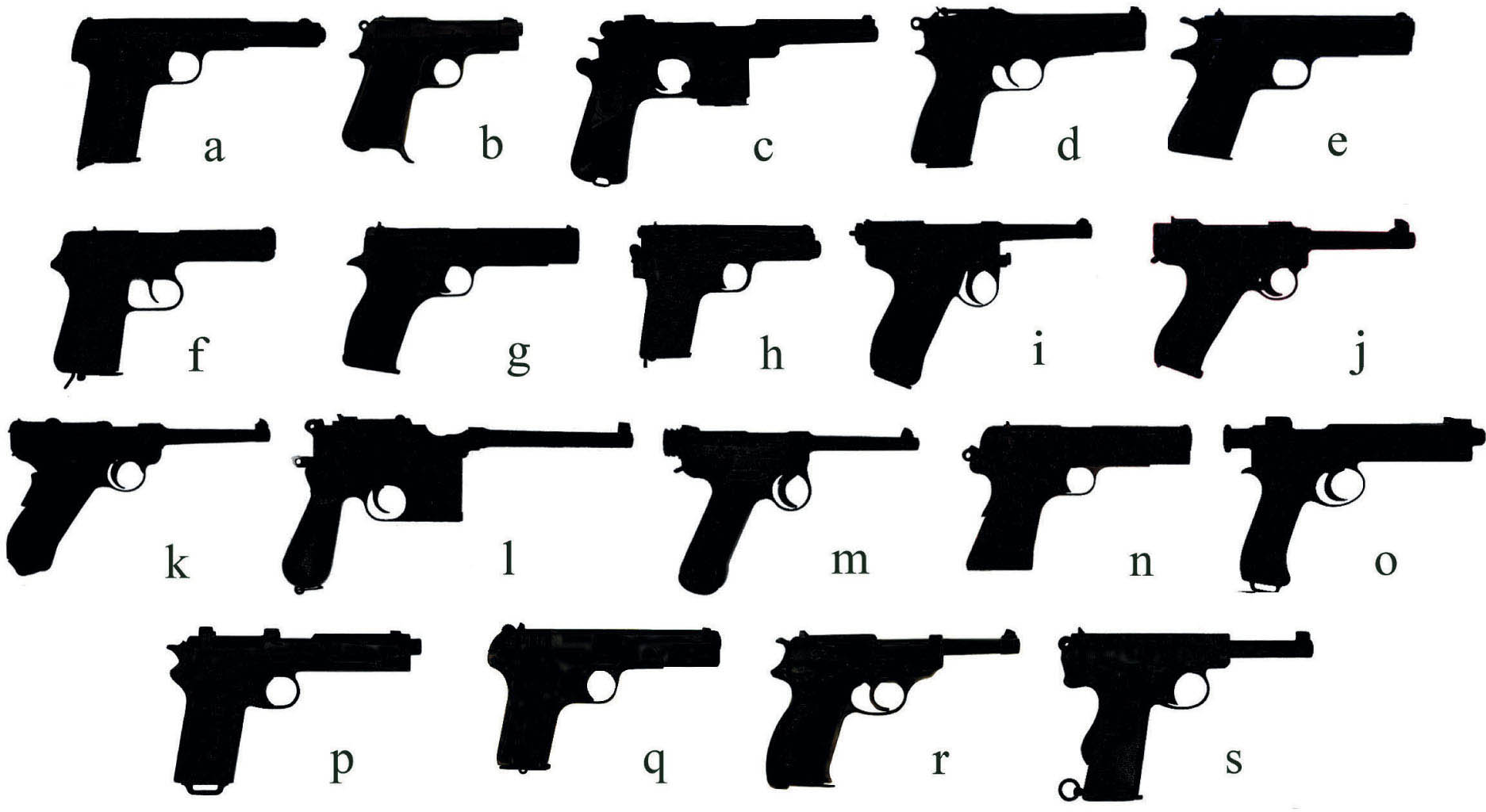
Key: A ASTRA 9mm Model 1921; B BERETTA 9mm Model 1934; C BERGMANN BAYARD 9mm Model 1910/30; D BROWNING 9mm Model 1935; E COLT 45in Model 1911; F CZ 9mm Model 1938; G FRENCH 7.65mm Model 1935A; H FROMMER 7.65mm Model 1911; I GLISENTI 9mm Model 1910; J LAHTI 9mm Model 1935; K LUGER 9mm Model 1908; L MAUSER 7.63mm Model 1896; M NAMBU 8mm Model 1914; N RADOM 9mm Model 1935; O ROTH 8mm Model 1907; P STEYR 9mm Model 1912; Q TOKAREV 7.62mm Model 1930; R WALTHER 9mm Model 1938; S WEBLEY 455in Model 1912;
1 Astra Model 400 (Spain)
Pistola de 9mm Modelo 1921 (9mm Model 1921)
Regulation sidearm of the Spanish military forces. Adopted by the German military in World War II
Factory: Unceta y Compania, Guernica, Spain
This factory originated from the small metalwork business of Juan Esperanza and Pedro Unceta founded on 17 July 1908 at Eibar in northern Spain. Senor Unceta was a wealthy local businessman who had achieved considerable success as a manufacturer and exporter of general hardware products. The factory produced all types of metal articles, particularly as applied to the Spanish arms trade, with a large part of their business involving rifles and pistol components. Soon after the firm was established, the partners were approached by an engineer who offered them an opportunity to manufacture a novel self-loading pistol. The design was accepted and that weapon was produced in large quantities as a pocket model, enabling the factory to establish a solid financial base and create a good reputation for the quality of its products. Further opportunity for expansion presented itself in the form of a military contract to supply quantities of the Campo Giro pistol for the Spanish army in 1912. Due to the restricted working conditions at Eibar, the partners had to consider the possibility of enlarging their premises to cope with the new orders. At the town of Guernica the local authorities were endeavouring to attract new industry to the region by offering suitable incentives.
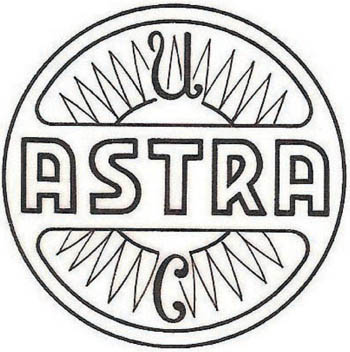
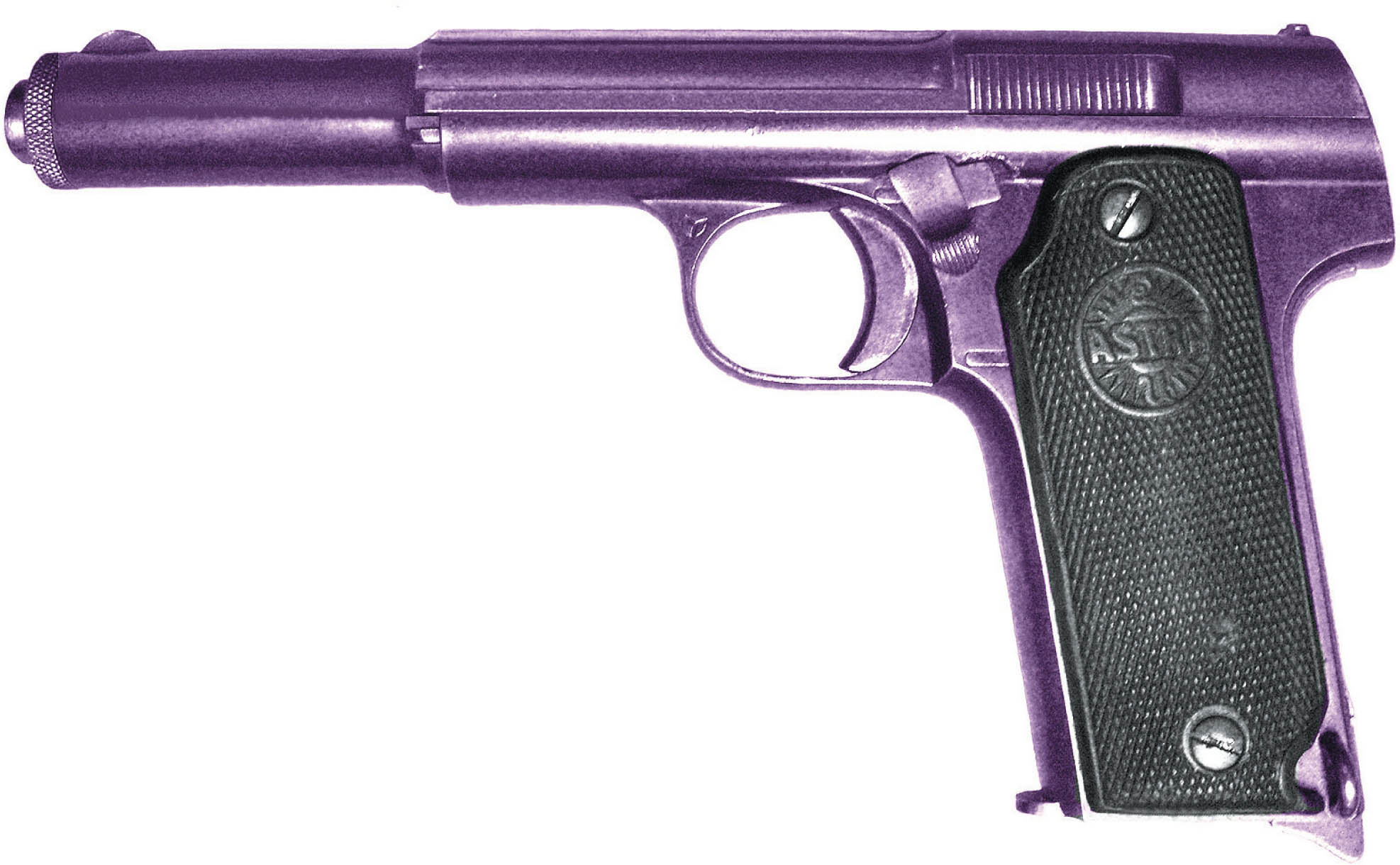
Because of this, plus the advantage of improved rail connections in that area, it was decided to completely relocate the factory premises. In February 1913, the Esperanza y Unceta firm transferred their installation, together with all equipment, personnel and machinery, to a new site at Guernica. Management of the factory was placed under the control of Don Rufino Unceta, son of the founder, and manufacture of the Campo Giro pistol commenced almost immediately. The advent of the war in Europe imposed additional demands upon the factory to supply pistols. On 25 November 1914, the name Astra was officially registered by the firm for use on their products. When Senor Esperanza retired from the firm the company title was also changed in 1926 to Unceta y Compania. The factory remained unaffected by the bombing of Guernica in the civil war of 1937, and continued to operate during World War II. In 1942, the firm was registered as a joint stock company under the title of Unceta y Compania Sociedad Anonima, and continued with the manufacture of military pistols throughout World War II. During that period, the German army purchased large numbers of arms and ammunition from the factory.
Specifications for the Astra Pistola de 9mm Modelo 1921
System: Unlocked breech, blowback operated
Calibre: 9mm Largo
Pistol length: 220mm
Barrel length: 150mm
Grooves: Six RH twist
Magazine: Eight rounds
Weight (empty): 1,015g
Weight (loaded): 1,119g
Safety: Grip lever and thumb lever
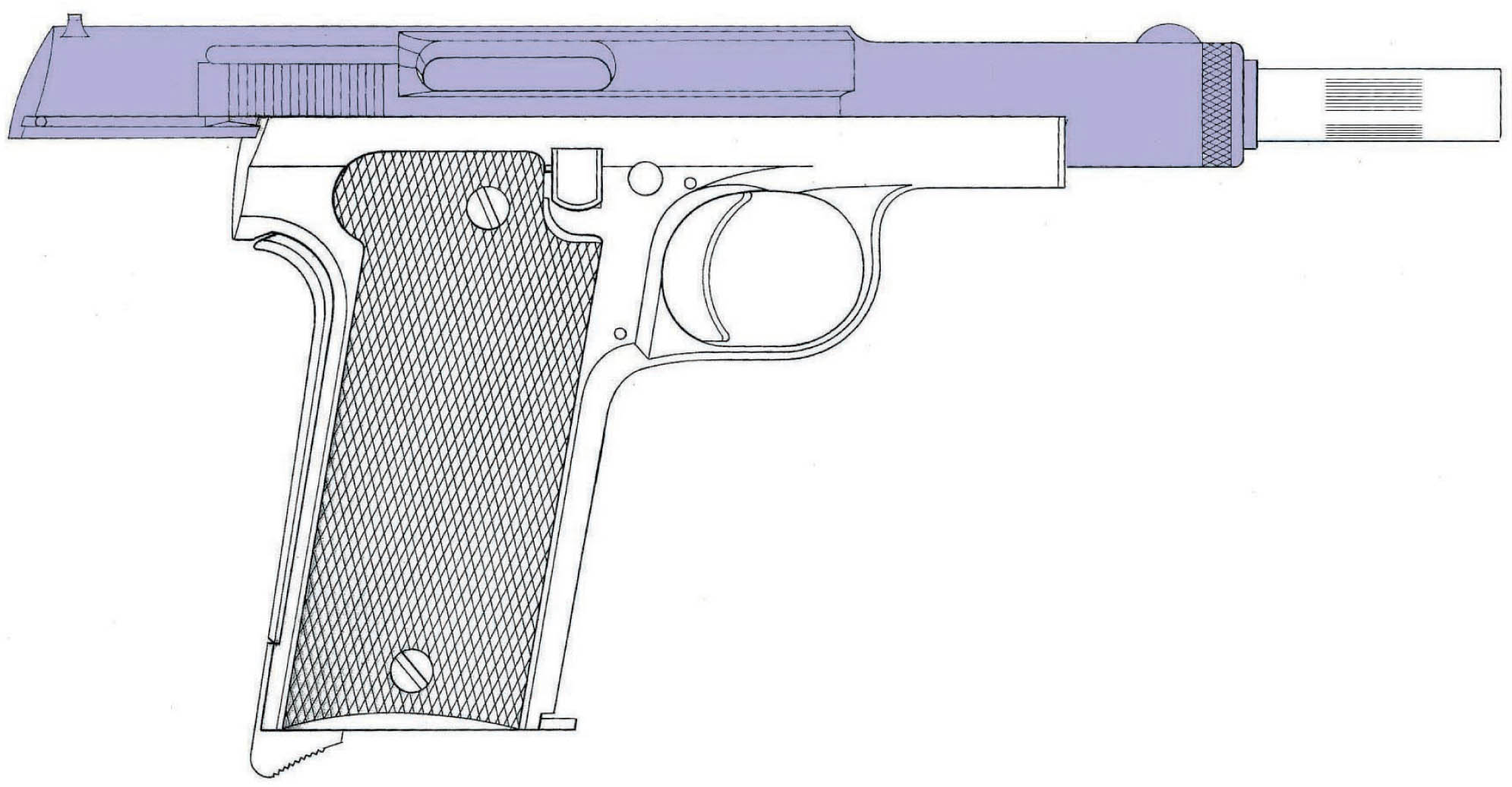
The breech slide is shown in the recoiled position:
- The empty cartridge case is ejected through the opening at the side.
- The internal hammer is cocked automatically.
- A fresh cartridge from the magazine is inserted into the firing chamber when the breech slide returns forwards.
Detail Information for the Astra Pistola de 9mm Modelo 1921
The Astra pistol was officially adopted by the Spanish Army on 6 October 1921 to supersede the regulation Model 1913 Campo Giro model. Both weapons were produced at the same factory in Guernica, with one being a direct progression of the other. The unlocked breech system and distinctive tubular breech slide were retained in the general construction, although the new pistol differed considerably in several other respects. A principal contributor to the design was Pedro Careaga, who patented several features of the weapon and who had also been involved with the development of previous models made at the factory.
Next page
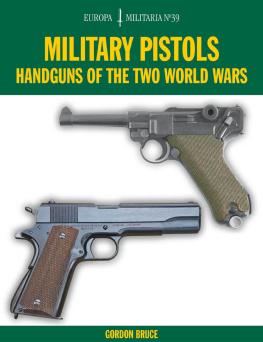
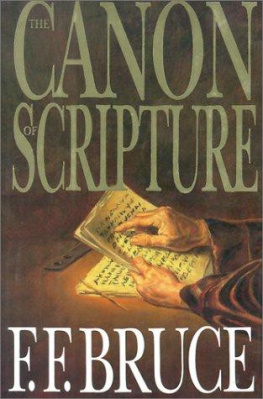
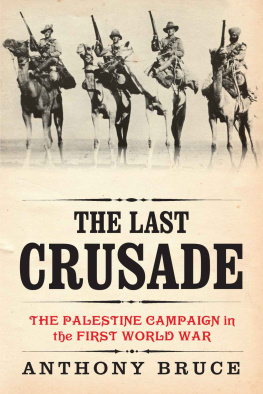
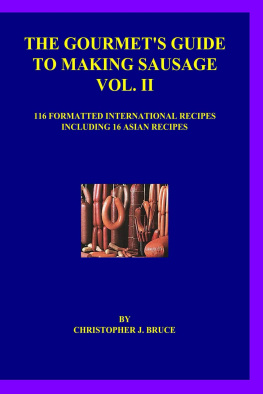

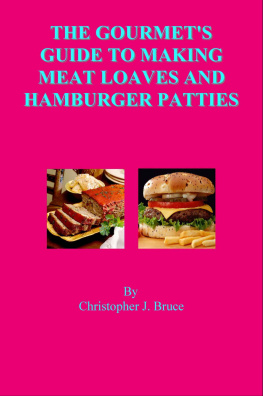
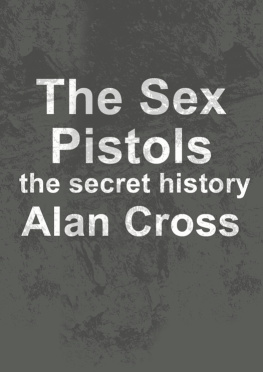
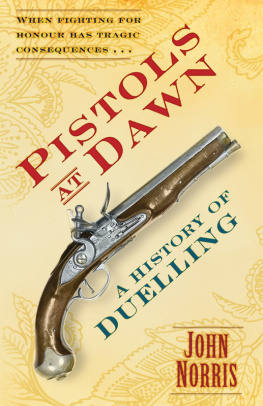
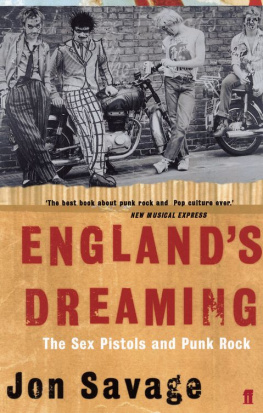
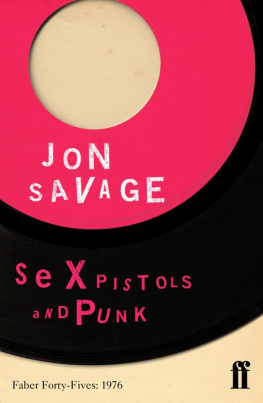
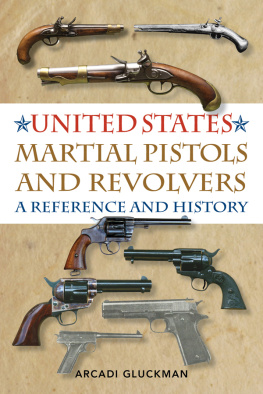
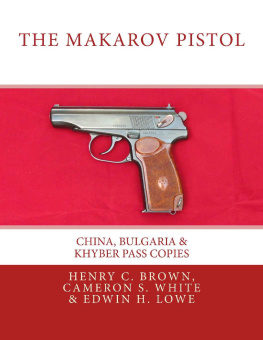
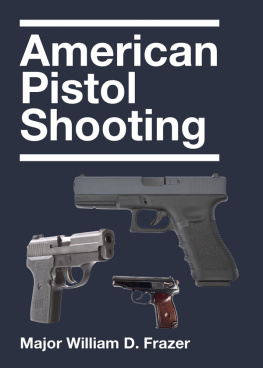
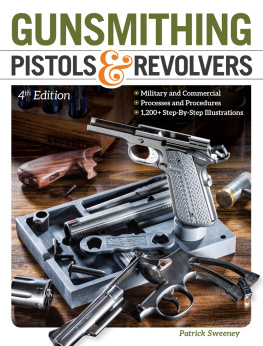
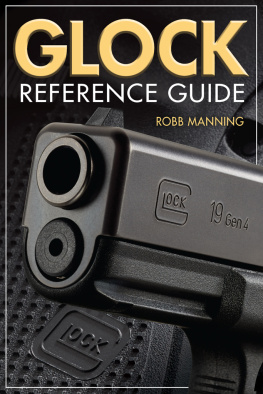
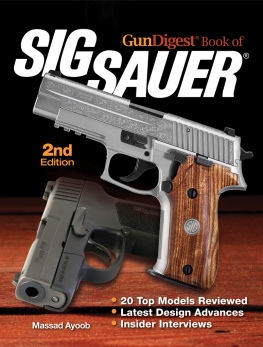
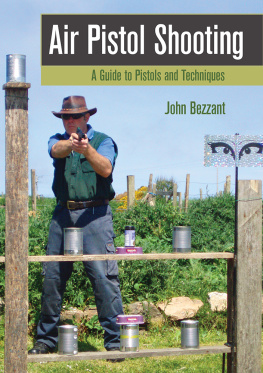
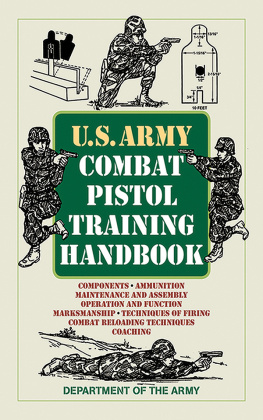
 MILITARIA N39
MILITARIA N39



